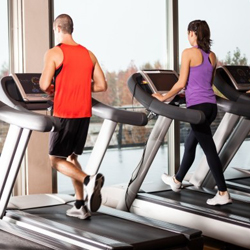



Exercise is part of a healthy lifestyle for everyone, and it's especially important for people with diabetes. The goal is to get active and stay active by doing things you enjoy. Begin by choosing an activity that is comfortable and fits your level of disability. Start slowly and increase intensity and duration gradually. It is recommended to exercise 30 minutes a day; five times a week.

Flexibility exercises, like stretching, will keep your joints flexible and reduce your chances of injury during exercise. Gentle stretching for 5 to 10 minutes will warm up your body and get you ready for aerobic activities.

Aerobic exercise improves your heart rate, works your muscles, and enhances your breathing rate. For most people, it's best to aim for a total of about 30 minutes a day, at least 5 days a week. If you haven't been very active recently, you can start out with 5 or 10 minutes a day and work up to more time each week. Examples of aerobic exercises include water aerobic exercises and stationary hand-cycles.

With strength training your bones and muscles will be stronger. With more muscle, you burn more calories, even at rest. Examples of strength training include lifting weights and using elastic bands.

You need to shift your weight frequently. Being on a wheel chair for a long time makes you vulnerable to the development of pressure ulcers. Pressure ulcers can be prevented by avoiding prolonged unrelieved pressure on the skin, especially over boney prominences. This can be accomplished through proper positioning, an appropriate cushion, and periodic pressure reliefs.
Pressure relief can be accomplished by lifting the buttocks from the seat, or by shifting the trunk forward or to the side. These activities can be performed with assistance or independently, depending on the individual’s ability.

Keep up on our always evolving product features and technology. Enter your e-mail and subscribe to our newsletter.